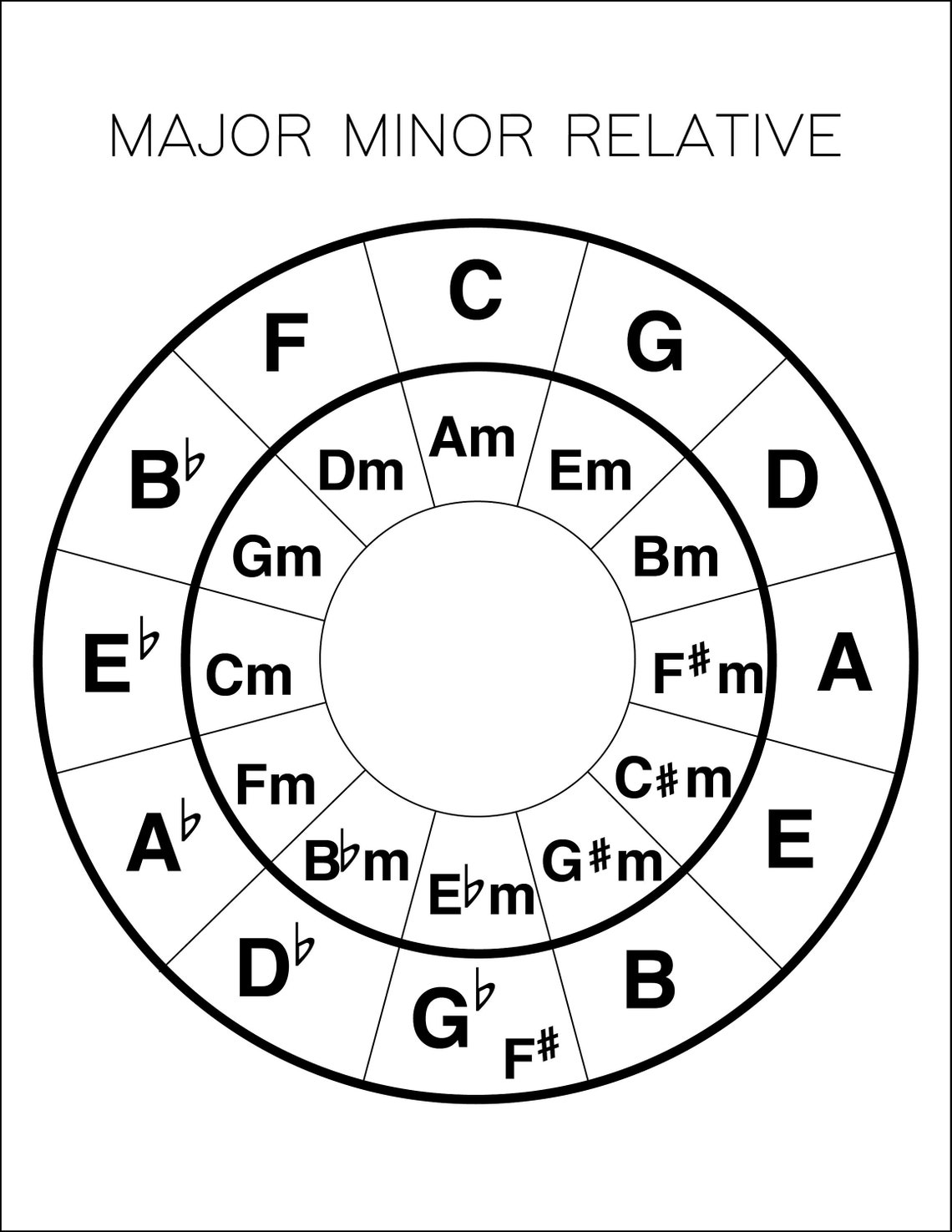


But music that is in D minor will have a different quality, because the notes in the minor scale follow a different pattern and so have different relationships with each other.

(See Beginning Harmonic Analysis for more on this.) So music that is in, for example, C major, will not sound significantly different from music that is in, say, D major. In each major scale, however, the notes are arranged in the same major scale pattern and build the same types of chords that have the same relationships with each other. Its relative minor is C minor, while its parallel minor is E♭ minor (or enharmonically D♯ minor).Also, what is the relative minor of C flat major? Relative key Key signature Major key Minor key B, E, A, D, G, C, F C flat major A flat minor B, E, A, D, G, C G flat major E flat minor B, E, A, D, G D flat major B flat minor B, E, A, D A flat major F minor Similarly, it is asked, what is the relative minor of a major? The relative minor of a particular major key, or the relative major of a minor key, is the key which has the same key signature but a different tonic this is as opposed to parallel minor or major, which shares the same tonic (from the Latin relativus, itself from relatus, past participle of referre).Each major key uses a different set of notes (its major scale). Its key signature has three flats: B, E, and A. Similarly one may ask, what is the relative minor of E flat?E-flat major (or the key of E-flat) is a major scale based on E♭, with the pitches E♭, F, G, A♭, B♭, C, and D. Its enharmonic equivalent is D-sharp minor.Click to see full answer. Its relative major is G-flat major, and its parallel major is E-flat major. E♭ minor or E-flat minor is a minor scale based on E-flat.


 0 kommentar(er)
0 kommentar(er)
